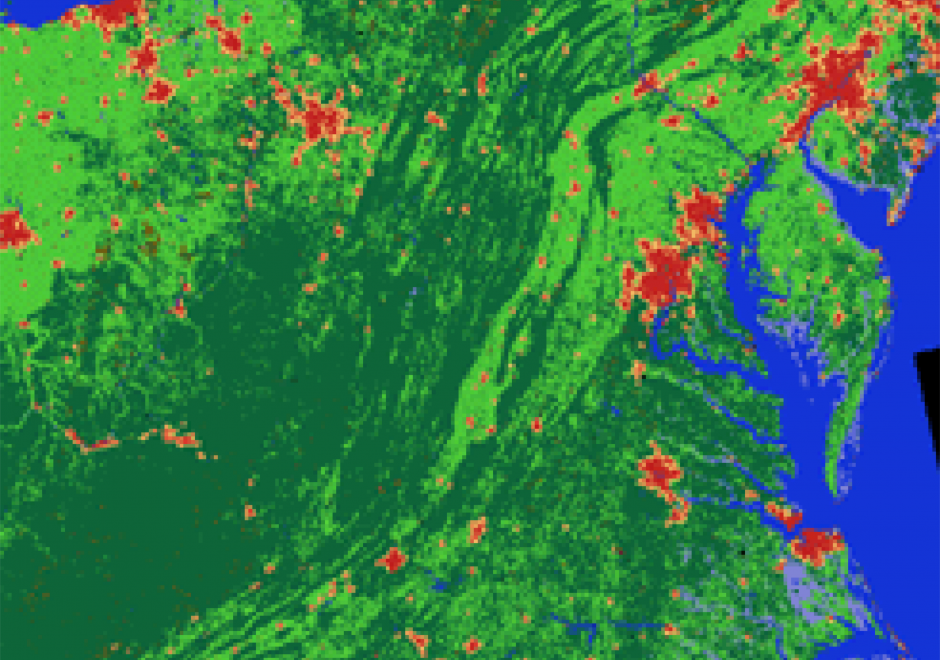CV-01 - Cartography and Science

- Discuss the perspectives of Brian Harley and others on the political motivation for the development of certain kinds of maps
- Discuss the Swiss influence on map design and production, highlighting Imhof’s contributions
- Outline the development of some of the major map projections (e.g., Mercator, Gnomonic, Robinson)
- Explain how Bertin has influenced trends in cartographic symbolization
- Explain how technological changes have affected cartographic design and production
- Explain the impact of advances in visualization methods on the evolution of cartography
- Compare and contrast cartographic developments in various countries and world regions such as Switzerland, France, China, the Middle East, and Greece
- Discuss the influence of some cartographers of the 16th and 17th centuries (Mercator, Ortelius, Jansson, Homann and others)
- Describe how compilation, production, and distribution methods used in map-making have evolved
- Describe how symbolization methods used in map-making have evolved
- Describe the contributions by Robinson, Jenks, Raisz, and others to U.S. academic cartography
- Discuss the relationship between the history of exploration and the development of a more accurate map of the world





CV-26 - Cartography and Power
Over twenty five years ago, Brian Harley (1989, p. 2) implored cartographers to “search for the social forces that have structured cartography and to locate the presence of power – and its effects – in all map knowledge.” In the intervening years, while Harley has become a bit of a touchstone for citational practices acknowledging critical cartography (Edney, 2015), both theoretical understandings of power as well as the tools and technologies that go into cartographic production have changed drastically. This entry charts some of the many ways that power may be understood to manifest within and through maps and mapmaking practices. To do so, after briefly situating work on cartography and power historically, it presents six critiques of cartography and power in the form of dialectics. First, building from Harley’s earlier work, it defines a deconstructivist approach to mapping and places it in contrast to hermeneutic phenomenological approaches. Second, it places state-sanctioned practices of mapping against participatory and counter-mapping ones. Third, epistemological understanding of maps and their affects are explored through the dialectic of the map as a static object versus more processual, ontogenetic understandings of maps. Finally, the chapter concludes by suggesting the incomplete, heuristic nature of both the approaches and ideas explored here as well as the practices of critical cartography itself. Additional resources for cartographers and GIScientists seeking to further explore critical approaches to maps are provided.